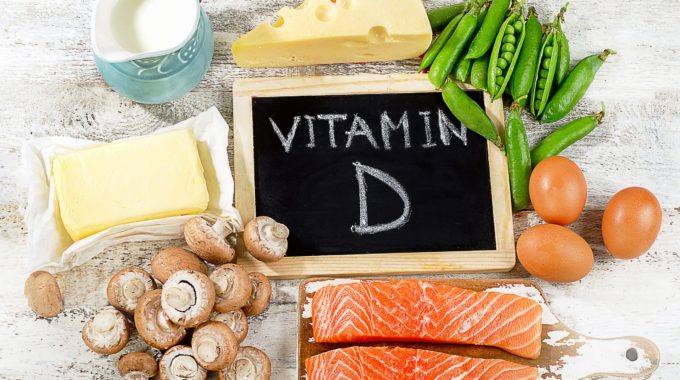Study links vitamin D and coronavirus
A new study has found an association between low average levels of vitamin D and high numbers of COVID-19 cases and mortality rates across 20 European countries.
Previous studies have found an association between low levels of D and susceptibility to acute respiratory tract infections. Vitamin D modulates the response of white blood cells, preventing them from releasing too many inflammatory cytokines. These are proteins released by immune system cells. COVID-19 is known to cause an excess of cytokines.
Italy and Spain have both experienced high COVID-19 death rates. This new study, which was published in the journal Aging Clinical and Experimental Research, shows that both countries have lower average D levels than most northern European countries. This is partly because people in southern Europe, particularly the elderly, avoid strong sunlight, which is needed for natural vitamin D synthesis in the body.

Case in point
The highest average levels of vitamin D are found in northern Europe, which the study claims is due to the consumption of cod liver oil (which is high in D) and supplements. There’s also the fact that people in these cooler climes tend not to avoid the sun. The researchers found that Scandinavian nations are among the countries with the lowest number of COVID-19 cases and death rates per head of population in Europe.
“We found a significant crude relationship between average vitamin D levels and the number of COVID-19 cases,” says Dr Lee Smith, who co-led the research. “Particularly COVID-19 mortality rates per head of population across 20 European countries.
“The vitamin has been shown to protect against acute respiratory infections. Older adults – the group most deficient in D – are also the most seriously affected by COVID-19.”

Where can I get more D?
The best source of vitamin D is sunlight. Just spending a few minutes out in the sun every day can get you all the D you need. But in a sunburnt country like Australia, the risk of skin cancer means heading out into the sunshine isn’t always the brightest idea. This is one reason why many Aussies are actually deficient in vitamin D. The Australian Bureau of Statistics estimates that 23 percent of us have low levels. This number increases in winter. People who work indoors a lot are also at a higher risk of being D-deficient. If you think you might be low in D, talk to your doctor. A simple blood test can check your levels.
There are also some – but not many – foods that contain vitamin D. Eggs are a good source of D, as is fatty fish, such as tuna and salmon. Some types of mushroom also contain D. According to Australian Mushrooms, mushrooms that are exposed to sunlight will naturally generate vitamin D, just like we do.
You could also do what the northern Europeans do, and take a daily dose of cod liver oil. But if you ask your grandmother, she’d likely tell you that it would take more than a spoonful of sugar to help that particular medicine go down.









